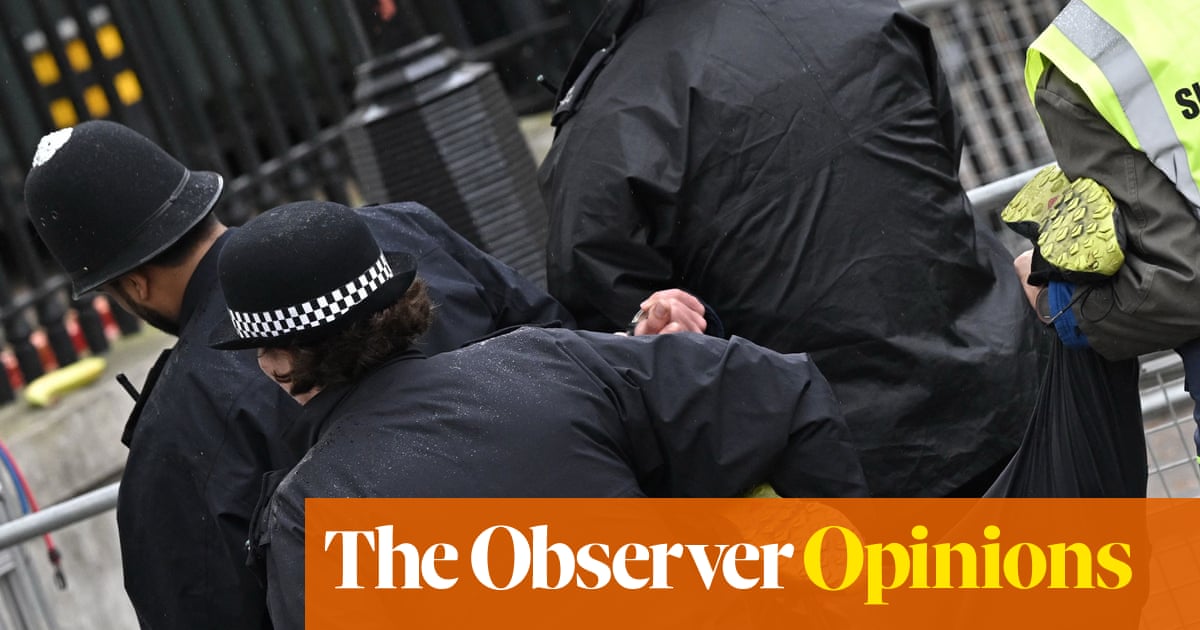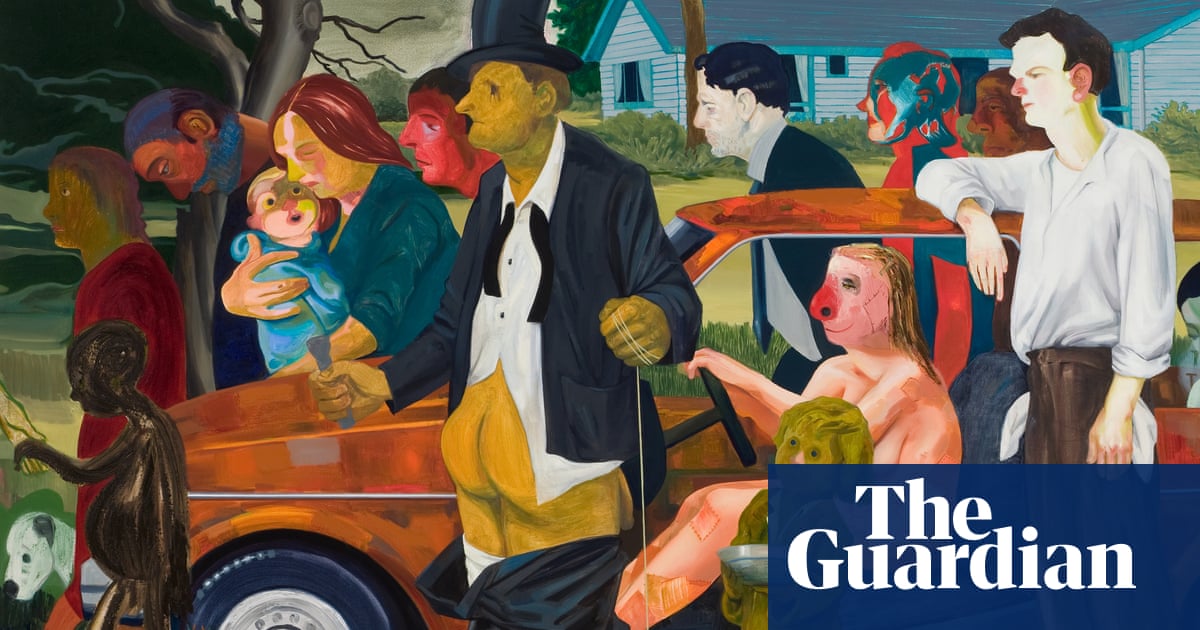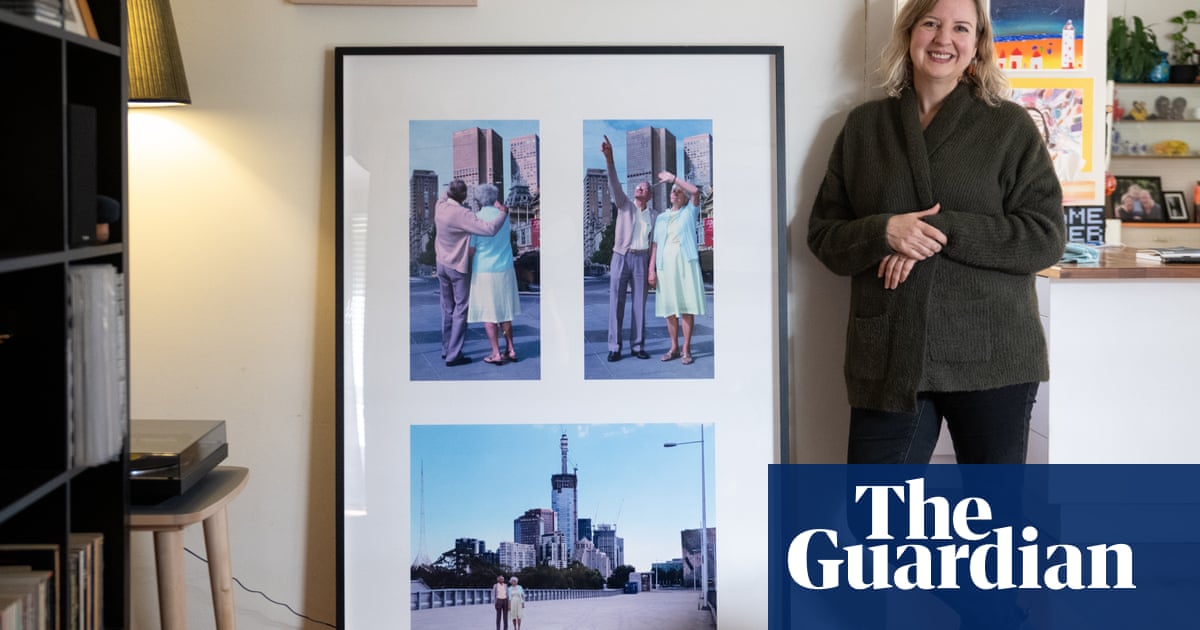
Public funding for the arts in Britain has, since it began in the aftermath of the second world war, operated at arm’s length from the government. The principle has a particular purpose in the cultural field. It shields the arts from ministers’ direct intervention; at the same time, it prevents ministers from being answerable in parliament for controversial theatre productions or provocative exhibitions. “God help the minister that meddles with art!” wrote the Liberal prime minister Lord Melbourne, wryly and wisely.
More broadly, the arm’s length principle is what it says it is: a principle, one that embeds the notion that a sign of a functioning society is the independence of its artists to create work that pushes against prevailing political tides. On a deeper level, it acknowledges that artists can – should – act as a nation’s conscience, expressing truths that may be unpalatable or otherwise inexpressible.
National museums and galleries are arm’s length bodies. So is what began as the Arts Council of Great Britain, which later splintered into devolved national organisations, leaving a rump Arts Council England to remain in the orbit of the UK government, apportioning funding to individual English arts organisations. The Arts Council began as a successor to the wartime Council for the Encouragement of Music and the Arts (Cema), which took theatre, music and art “to air-raid shelters, to war-time hostels, to factories, to mining villages”, as John Maynard Keynes wrote in 1945 in the Listener.
A one-time chair of Cema, Keynes was also the founding chair of the Arts Council. Because of, rather than despite, his life’s work in economics, he was utterly uninterested in the economic impact of the arts. Their role, rather, was one of “enlarging our sensibility”. The Arts Council, he wrote, was to be a “permanent body, independent in constitution, free from red tape, but financed by the Treasury”.
That “free from red tape” will make anyone who’s ever applied for an Arts Council grant laugh mirthlessly, but the point for the moment is “independent in constitution”. There were plenty of obvious reasons for making sure of that independence. EM Forster, during a series of wartime broadcasts, had connected political freedom to artistic freedom in his denouncing of nazism – which was intent on the “fettering of the writer, the scientist, the artist and the general public all over the world”. When the war was over another war would have to begin, “for the restoration and extension of cultural freedom”. The revival of the arts and culture were to be the fruits of peace, part of a way of life that was worth fighting for. At the time it was clear that after the hardships of conflict, public arts funding would be both necessary and desirable; only through public patronage, and organisations such as the BBC, would the arts become available to the many, not just the few.
Keynes’s direct model was the body established by the historian HAL Fisher to apportion funding to universities. But the BBC was there in the background, too. The British Broadcasting Company began in 1922 as a private enterprise, but in 1925 a parliamentary committee advised that it should become a corporation whose “status and duties should correspond with those of a public service”. It would be funded by a licence fee set by the government, but the government would have no direct say in its affairs. Early on, the BBC held out against demands that it should be commandeered as a government instrument during the national crisis of the General Strike – to Winston Churchill’s fury.
Like any other system, this arm’s length model is, of course, imperfect. “It is customary for the body to direct its arm, and all that is gained by an arm’s length is a certain notion of removal of directly traceable control,” wrote Raymond Williams in 1979 after a stint serving on the Arts Council. True independence is tricky when the government holds the purse strings. The system is subtle. The “principle is no more than a convention or series of conventions”, wrote Robert Hutchison, who worked at the Arts Council in the 1970s, and later wrote a book about its politics.
Williams was writing before the antagonism Margaret Thatcher and later governments unleashed on the BBC’s news coverage. Far away in the future, too, was the loathing the current government has rained down on cultural organisations in England about contested heritage and history, especially the history of empire and Britain’s role in slavery.
Last year, the former culture secretary Oliver Dowden came very close to rupturing the principle of arm’s length when he wrote to Arts Council England and other bodies restating (in case anyone was in any doubt) the government’s opposition to the removal of statues and other memorials. “I would expect arm’s length bodies’ approach to issues of contested heritage to be consistent with the Government’s position,” he wrote.
What did he mean by his use of the conditional in the phrase “I would expect”? Was it the stern and headmasterly, “I would expect all pupils to strive their hardest” – in truth, a command? Or was it airily hopeful, as in, “I would expect the sun to come out later”? If the former, he was instructing an impartial arm’s length body to adopt the patently political position of the government – a breach of the principle. If the latter, he was expressing only a vague prediction that they might possibly do so.
The necessity for such close reading of an ex-minister’s note itself seems rather blackly comical, redolent of other less democratic times and places. In fact, the real threat isn’t contained within ministers’ oddly worded letters. Arm’s length is also atmosphere, manner and practice: it is about dignity, maturity, decency, respect and a kind of continence. None are qualities that could possibly be associated with the current prime minister. As has often been noted recently, the behaviour modelled at the very top has a habit of seeping downwards.
One does not have to look far in the cultural realm to see boundaries being challenged at the moment. Take the trustee of the BBC, Theresa May’s former communications director, Robbie Gibb, who, according to the Financial Times, texted the organisation’s head of news to warn her off making an internal appointment of someone who had expressed anti-government views in the past. (The FT also reported that a person close to Gibb denied that he’d sent a message with the words attributed to him by the paper.) Take the former chair of the Royal Opera House and Tory donor who anonymously arranged to buy an £11m David Hockney from the Royal Opera House, without telling his fellow trustees until after the purchase – even if well-intentioned, it was remarkable behaviour.
More dangerous still is a general atmosphere of threat created by the government. The BBC often tries to anticipate and dodge criticism in order to survive another day – as when John Birt outpaced Conservative opprobrium in the 1990s with his reforms to the BBC – but it incrementally weakens itself by so doing. There’s a risk that other cultural organisations follow suit in their own way: that, afraid of the noises made by the government, they find themselves internalising the Tories’ views on, say, empire instead of remaining impartial and following the impulses of their own scholarship. The arm’s length principle is not just a line to be crossed, it’s a state of mind. Self-inflicted wounds hurt as badly as those that come from outside.
Charlotte Higgins is the Guardian’s chief culture writer












